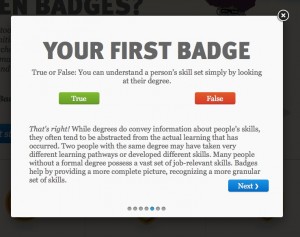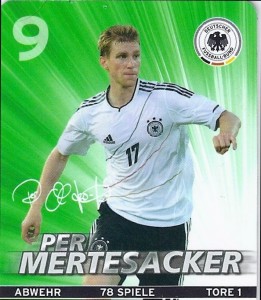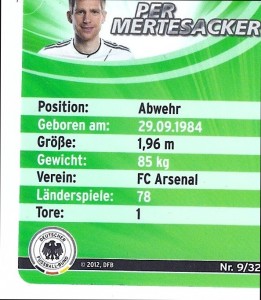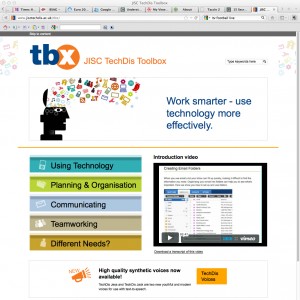Last week I wrote about the TACCLE 2 project. Amongst other things, I said, TACCLE will provide for teachers:
- 5 step-by-step guides to integrating ICT and e-learning in YOUR classroom: primary education, maths, science and technology, key competences, arts and culture and humanities.
- practical materials and ideas customised for YOUR subject area and pupil age range
Pontydysgu are coordinating the production of the first handbook, for primary education. This work is being led by Jenny Hughes, Angela Rees and Nick Daniels. Nick is an experienced primary school teacher and author of childrens’ books (check out his very cool web site) and produced the following magical activity for the handbook.
Everything produced under the Taccle project is available under a Creative Commons License. So please feel free to translate this into other languages. And, if you are a primary school teacher, try it out. We’d love your feedback.
Title
Dream Weaver 5-7yrs
Ease *****
Overview
This activity really encourages learners to express their wildest imaginings as they recall and describe their dreams. Here, the software is used as a visual stimulus and to encourage pupils to express opinions.
Description
As an introduction, ask learners to tell you everything they know about dreams. Ask them if they know what dreams are, where they come from and if they think they have any meaning. Select learners to describe a dream they’ve had to the class.
Explain to them that they’re going to be weaving their own dreams but in order to do so everyone must go to The Land of Wild Imagination!
You will have loaded the online software on the interactive whiteboard, explain to learners that the software, like us, has dreams! In the box you’ll need to finish the sentence starting “I dreamed that…” You can continue in one of two ways. Either you can type in a concise description of a learner’s or your own dream (there is a maximum of 140 characters), or you can type in key nouns, verbs and adjectives only e.g. “I dreamed that… Ghost scream, wolf howl, rocket whirring, red moon, gold stars, boy running, scared, home, mother, safe.”
When you’ve done this click on ‘Max My Dream’. The software will take a few seconds to weave the dream so use this time to ask the children what images they think they’ll see in the dream. Ask them to name everything they see appearing in the dream as it appears.
After the dream has finished, discuss with the dreamer if it was similar to their actual dream. Ask what was different also. You can replay the dream or re-run the activity as many times as you like using different learners’ dreams.
To finish, explain to the learners that over the coming week, they are going to create their own dream collage. They will need to think of their best dream ever (for those who cannot remember a dream they’ve had, ask them to create a dream they would like to have) and write a list of all the things in their dream e.g. ‘me, dog, moon, rocket’. Next, they’ll need to find images for each thing on their list, they can do this either by searching the net or by taking photographs with a digital camera and printing them.
Give each learner a large piece of card and ask them to decorate it with glitter, paint, sequins – anything they would like to use to create a background or ‘dream-board’. When their dream-board is ready and they have all their images, they can cut them out, arrange them on their dream board and finally glue them into place when their happy with it.
When they’ve finished, ask them to present their dream and dream-board to the class.
Key information
Meatadata – to be added
What do I need?
Internet access, interactive whiteboard, large card (A3?) and as much art and craft stuff as you can find… the brighter and gaudier the better!
Suggested tools
www.maxmydream.com/ (for dream making)
www.creativecommons.org/ (for license-free images)
www.images.googlecom/ (for images)
Added value
Dreams are difficult enough for adults to comprehend, for children they can be both wonderful and terrifying. This software is incapable of creating horrific dream sequences, regardless of the dream description you put in! The dreams created are often very silly causing the whole class to laugh! It can help children make peace with their dreams and nightmares. Obviously, dreams are very abstract in nature so this software allows learners to create a visual representation of something which is sometimes very difficult to articulate. Therefore, creating the dream visually and then describing it supports the development of oracy skills.
Hints and tips
You know your class, and you know if you want to steer clear from nightmares altogether. In the description above, we focussed on ‘best dreams’ or ‘a dream you’d like to have’. You may prefer to stick to this idea.
If you’re doing the craft activity with one or two groups at a time, you may want to have other pupils experimenting with the software, typing in their own words and phrases in order to create brand new dreams!
Personal notes
Depending on your internet connection and your hardware, the software can be slow to load; this makes the recap of ‘what we expect to see in the dream’ very useful.
URLs
www.maxmydream.com/




